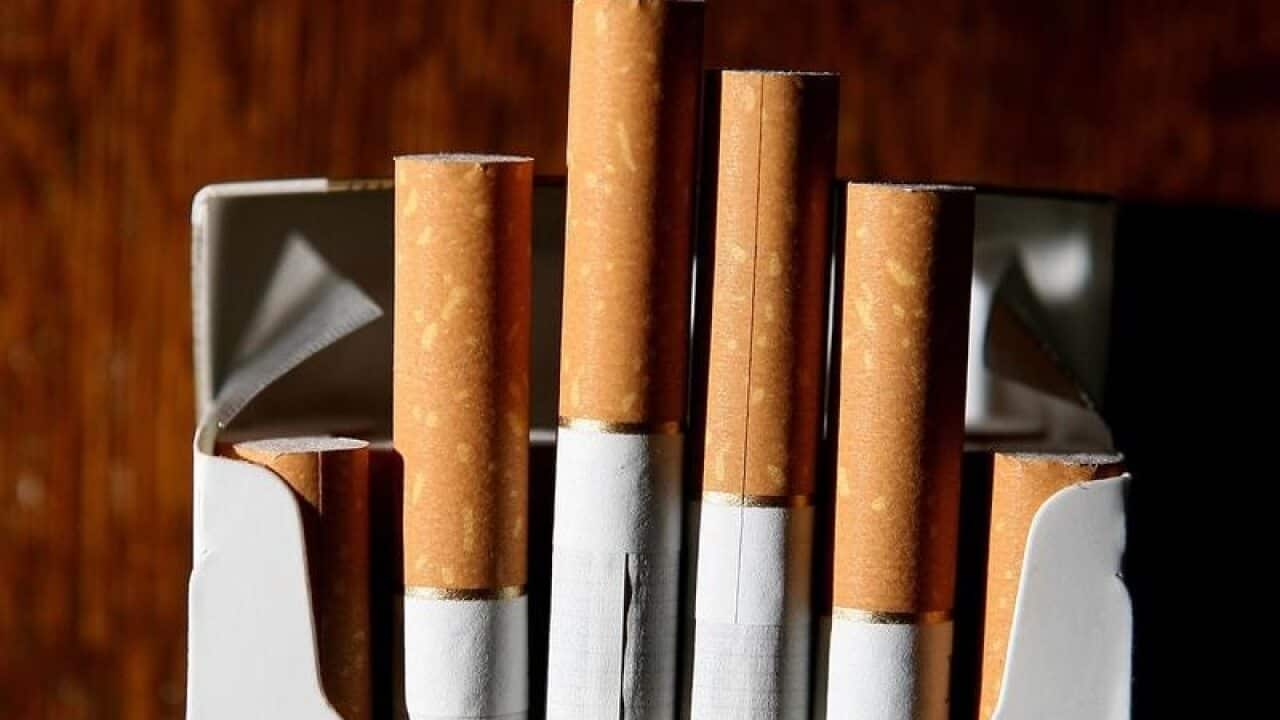Smoking and risky alcohol consumption among Aboriginal and Torres Strait Islander people has declined over the past decade, according to a new report from the Australian Institute of Health and Welfare.
The results of the National Drug Strategy Household Survey 2019 showed a decrease in the proportion of Indigenous people over the age of 14 who smoked daily to 25 per cent, down from 35 per cent in 2010.
This compared to 10.8 per cent of non-Indigenous people who smoked daily in 2019, down from 14.6 per cent in 2010.
AIHW spokesperson Dr. Gabrielle Phillips said the proportion of Indigenous people drinking alcohol in excess of the recommended guidelines at least monthly has declined from 39 per cent in 2010 to 34 per cent and those who exceed lifetime consumption guidelines has declined from 30 per cent in 2010, to 20 per cent in 2019.
This compares to 26 per cent of non-Indigenous people who drink in excess of the recommended guidelines at least monthly (a decline from 29 per cent in 2010), and 16.6 per cent of non-Indigenous people who exceed the lifetime alcohol consumption guidelines, which is down from 20 per cent in 2010.
"Indigenous Australians are slightly more likely to abstain from alcohol than non-Indigenous Australians, but among those who do consume alcohol, a higher proportion drink at risky levels,’ Dr. Phillips said.
‘However, the gap between Indigenous Australians and non-Indigenous Australians exceeding lifetime alcohol consumption risk guidelines has narrowed, from 1.5 times as high in 2010 to 1.2 in 2019."
While the study showed illicit drug use remained stable between 2016 and 2019, Dr Phillips said these numbers must be taken with caution.
Cannabis use among Aboriginal and Torres Strait Islander people was 19.5 per cent in 2016, and at 16 per cent in 2019, while there was also little difference in use of pharmaceuticals for non-medicinal purposes - 10.6 per cent in 2016 and 7 per cent in 2019.
But researchers said, due to the small number of Indigenous people surveyed on illicit drug use, these numbers have a high margin of error, which means they are not as reliable as the data collected on smoking and alcohol consumption in the report.









